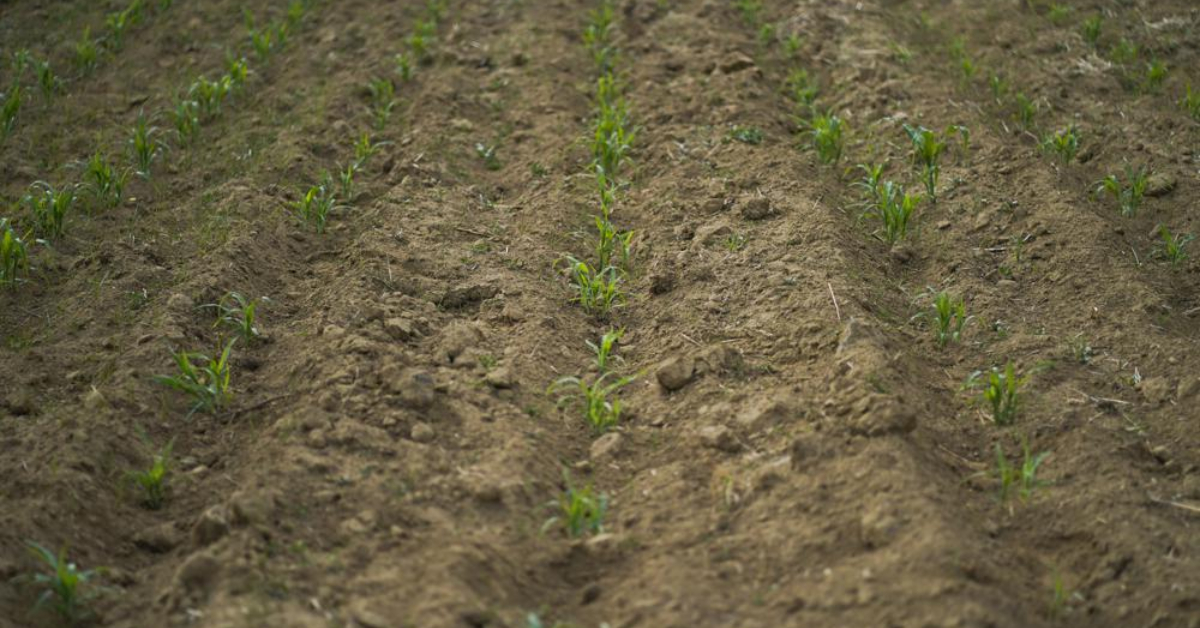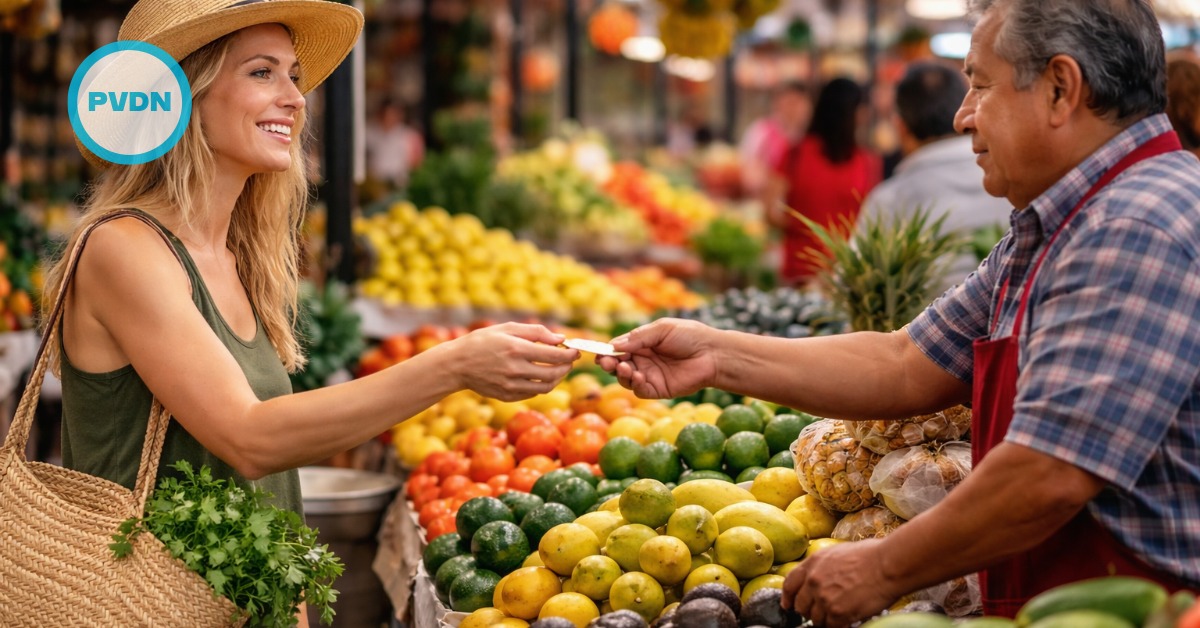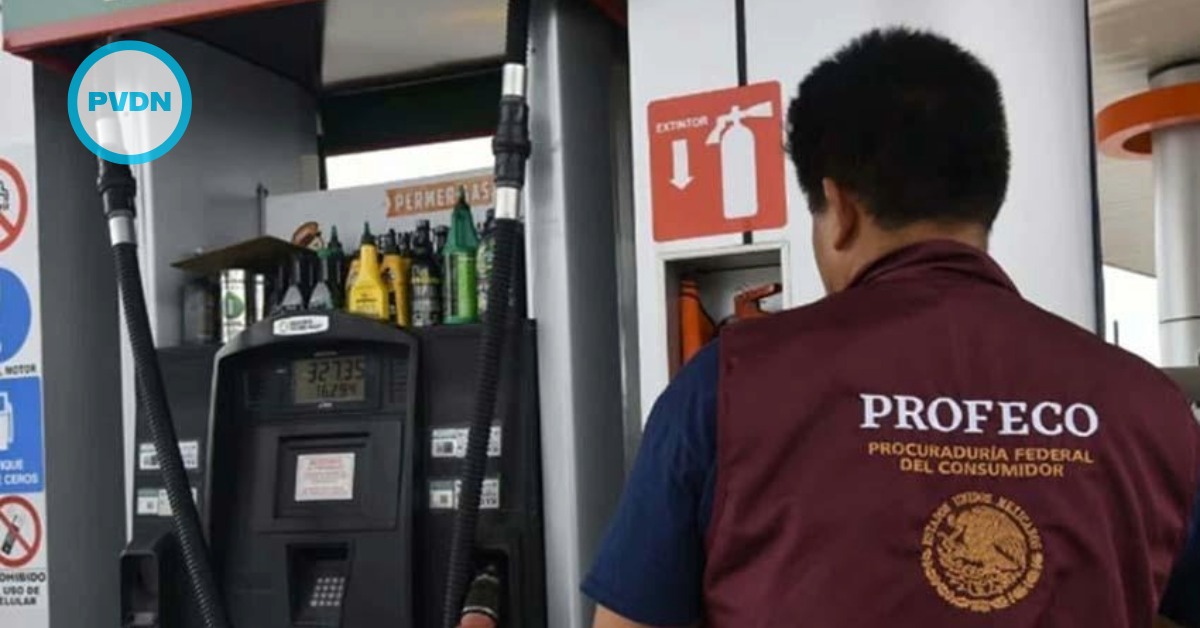The corn has begun to sprout on the hillsides south of Mexico’s capital, though it’s unclear whether these shoots will have enough water to grow or whether the farmer will be able to afford the increasingly expensive fertilizer.
What is known is that the government of President Andrés Manuel López Obrador wants Mexicans to produce more of their own food in order to move toward self-sufficiency in key products and to control prices for basic foodstuffs.
The president’s idea, which involves giving rural families cash payments to grow crops . . .






